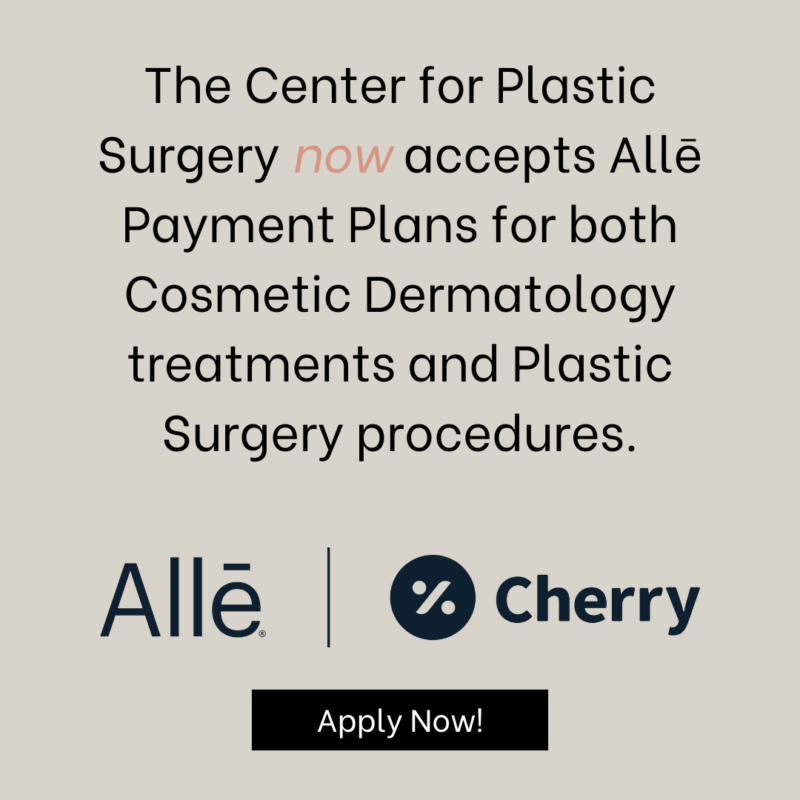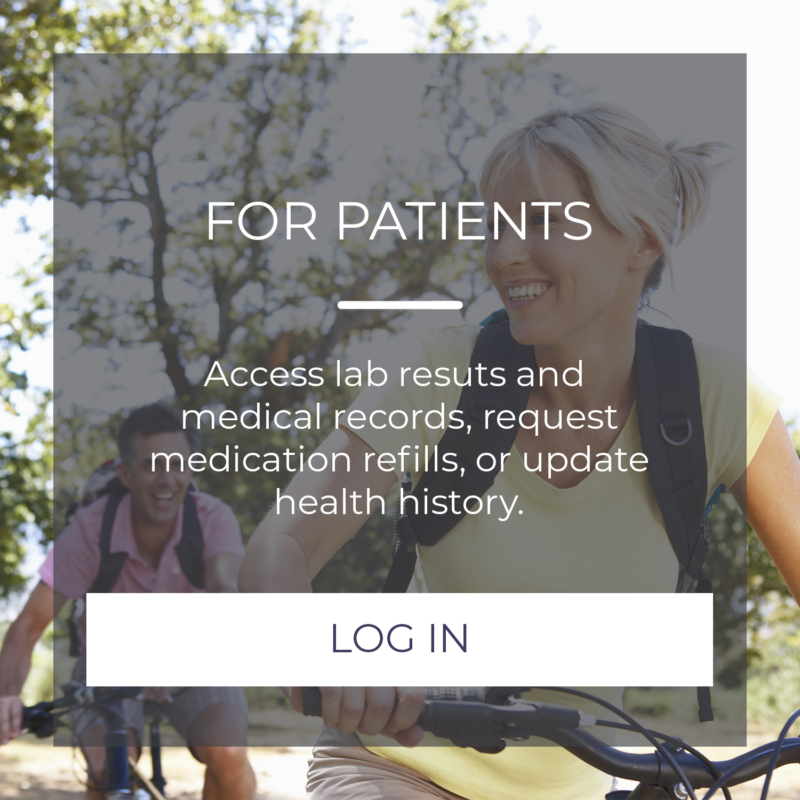Rejuvenation at its best.
Dermabrasion renews the skin’s surface and produces smoother, more naturally textured and pigmented skin. The procedure has the potential to repair or help conceal wrinkles, sun damage, excessive pigmentation, and scars from accidents, acne, or previous surgery.
Dermabrasion improves the look of the skin by employing a diamond-tipped rotary instrument to remove or abrade the existing upper layer of skin in a precise manner. The bit spins quickly, taking off and leveling, or planing, the top layers of the skin. This process injures, or “wounds” the skin and causes it to bleed. As the wound heals, new skin grows to replace the damaged skin. Healing typically occurs within about a week.
Candidates for Dermabrasion
Dermabrasion is used to treat damage and defects in the upper layers of the skin. You are a good candidate for dermabrasion if you have any of the following:
- Acne scars (the most common uses for dermabrasion are to remove and improve the look of acne scars)
- Scars caused by surgery or trauma, if they are not deep
- Surface skin growths
- Fine lines and wrinkles around the mouth
- An enlarged nose caused by rosacea
You may not be a good candidate for dermabrasion if you have any of the following conditions:
- A history of abnormal scarring, keloid or hypertrophic scars
- Have an active herpes infection or other skin infection
- Are overly sensitive to cold because the freezing spray could be a problem
- Have a skin, blood flow, or immune problem that could make healing harder
About the Procedure
During the initial consultation, we will work closely with you to ensure the most precise level of dermabrasion is performed. Whether dermabrasion is the right option for you will be discussed, as well as how much skin can be safely removed and the amount of improvement that can be expected. Part of this frank conversation includes potential risks and complications of dermabrasion.
Once the treatment plan is finalized, the procedure is usually performed in our office, on an outpatient basis, under a local anesthetic, such as lidocaine. The areas to be treated are cleaned and marked, and the local anesthetic is applied to numb the skin. Ice packs are placed on the skin for up to 30 minutes. A freezing, or cryogenic, spray may be used to harden the skin for deeper abrasions if the anesthetic and ice packs don’t make the skin firm enough. For deep abrasions, or if the entire face is going to be treated, a stronger anesthesia, pain killers, sedation, or general anesthesia may be needed.
One small area at a time is treated. If the freezing spray is needed, it is applied for a few seconds. Then the rotating brush is used to remove the top layers of skin. Gauze is used to stop any bleeding and the area is covered with a clean dressing or ointment.
What to Expect After the Procedure
The time it takes to heal after dermabrasion depends on the size and depth of the area treated. A full-face treatment will take longer to heal than that of a small area of skin. Deeper abrasions take the longest to heal. In most cases, the skin grows back in five to eight days. This new skin is pink or red. The color most often fades in six to 12 weeks. Until then, normal skin tones can be matched using makeup. Please note that some patients experience a permanent lightening of the skin.
Most patients have little or no pain and return to their regular activities soon after the treatment. Some need pain relievers. A corticosteroid, such as prednisone treats any instances of post-surgical swelling.
Proper care of the treated area while the skin is healing is important.
- Clean the skin several times a day to help avoid infection and get rid of crusting that may occur
- Change the ointment or dressing on the wound to keep the area moist and help heal the skin
- Avoid sun exposure and use sunscreen every day after the peeling has stopped; tender new skin is more likely to get sun damage
A follow-up appointment is necessary to make sure the healing process is going well.
Each patient is unique; therefore, results of treatment may vary.















